Welcome to the thrilling and sometimes spine-chilling world of nature’s most fearsome hunters. These predators have honed their skills over millennia, ensuring that they reign supreme in their respective ecosystems. From the icy depths of the ocean to the dense jungles of Africa, these creatures are built to hunt and kill.
1. The Great White Shark: The Ocean’s Apex Predator
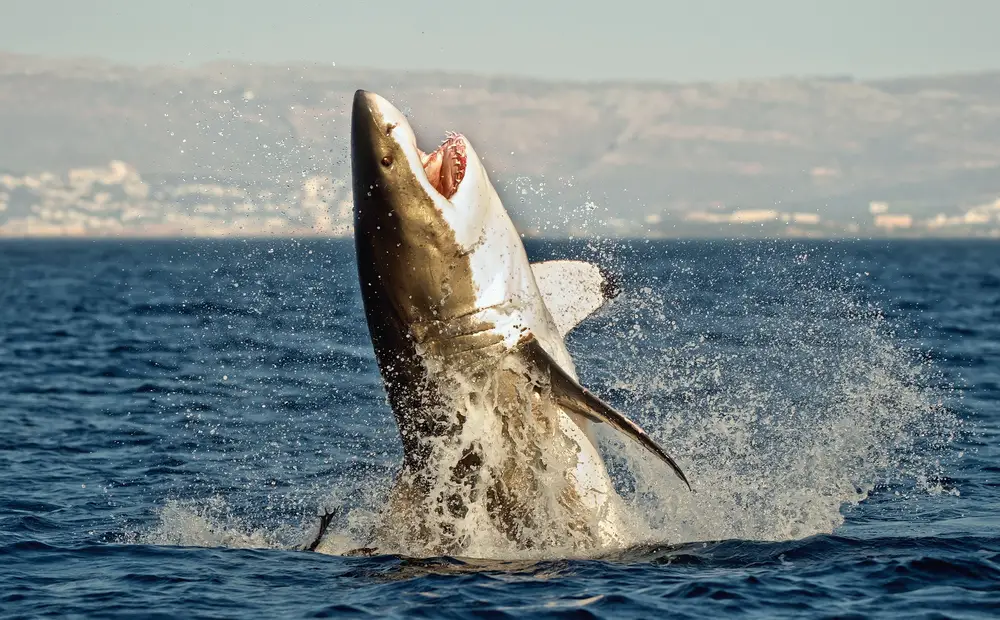
When you think of deadly predators, the great white shark often comes to mind, slicing through the waters with supreme confidence. Known for their sheer power and speed, these sharks are the apex predators of the ocean. According to National Geographic, they can detect a drop of blood in 25 gallons of water and can sense even the faintest of movements in the water from great distances. Their torpedo-shaped bodies allow them to reach speeds of up to 15 miles per hour, making them efficient hunters capable of surprising their prey.
But it’s not just their physical prowess that makes them formidable; it’s their intelligence and adaptability. Great whites have a range of hunting strategies, including breaching—a dramatic move where they launch themselves out of the water to catch unsuspecting seals. This ability to adapt their hunting techniques depending on the situation ensures they remain one of the top predators in their environment. While often feared, these creatures play a crucial role in maintaining the balance in marine ecosystems.
2. The Bengal Tiger: The Stealthy Stalker
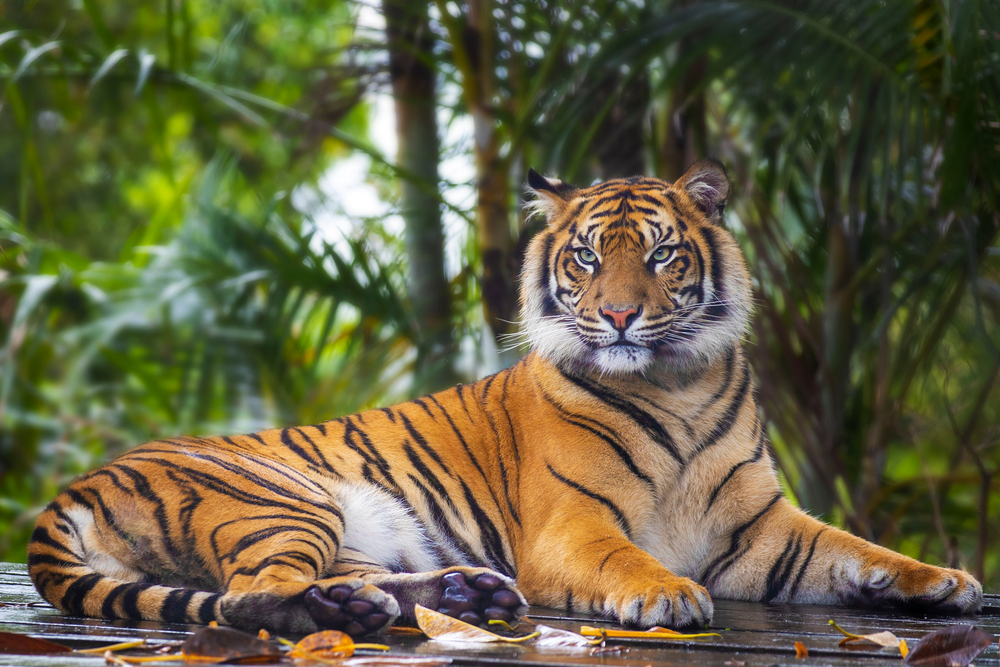
The Bengal tiger is a master of stealth and power, ruling over the dense forests and grasslands of the Indian subcontinent. These majestic creatures weigh up to 500 pounds and can measure over ten feet in length, making them one of the largest big cats in the world. They rely on their striking camouflage and silent stalking abilities to surprise their prey, often getting within just a few feet before pouncing. According to the World Wildlife Fund, their diet is as diverse as their habitat, ranging from deer and wild boar to even large buffalo.
Despite their terrifying presence, Bengal tigers are solitary animals, which adds to their mystique. They’re known for their patience, often watching and waiting for the perfect moment to strike. This patience, combined with their sheer strength, ensures a high success rate in hunting. Unfortunately, these magnificent animals face threats from poaching and habitat destruction, which makes conservation efforts all the more critical to ensure their survival.
3. The Saltwater Crocodile: The Ancient Ambush Hunter
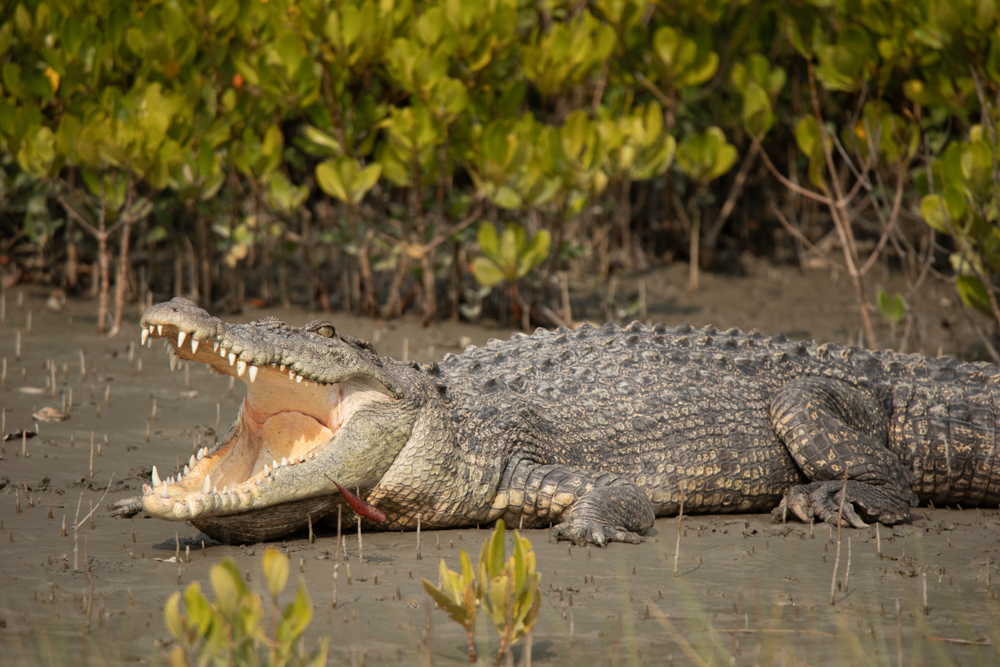
Saltwater crocodiles are remnants of the age of dinosaurs, and their hunting methods are as ancient as they are effective. Found in southeastern Asia and northern Australia, these reptiles can grow over 20 feet long and weigh more than 2,000 pounds. Renowned for their ambush tactics, they lie in wait, nearly invisible beneath the surface of the water, before launching an explosive attack on their prey. Their powerful jaws can exert a bite force of 3,700 pounds per square inch, capable of crushing bones with ease.
What’s particularly terrifying about these predators is their unpredictability and territorial nature. They can be found both in freshwater rivers and the open sea, and they’re known to travel vast distances in search of food. Saltwater crocodiles have a varied diet, ranging from fish to large mammals, and even the occasional shark. Humans are not exempt from their menu, and their aggressive territorial behavior makes them dangerous to those who venture too close to their habitat. BBC Earth details their fascinating hunting strategies and survival through millions of years as a testament to their evolutionary success.
4. The African Lion: The King of the Jungle
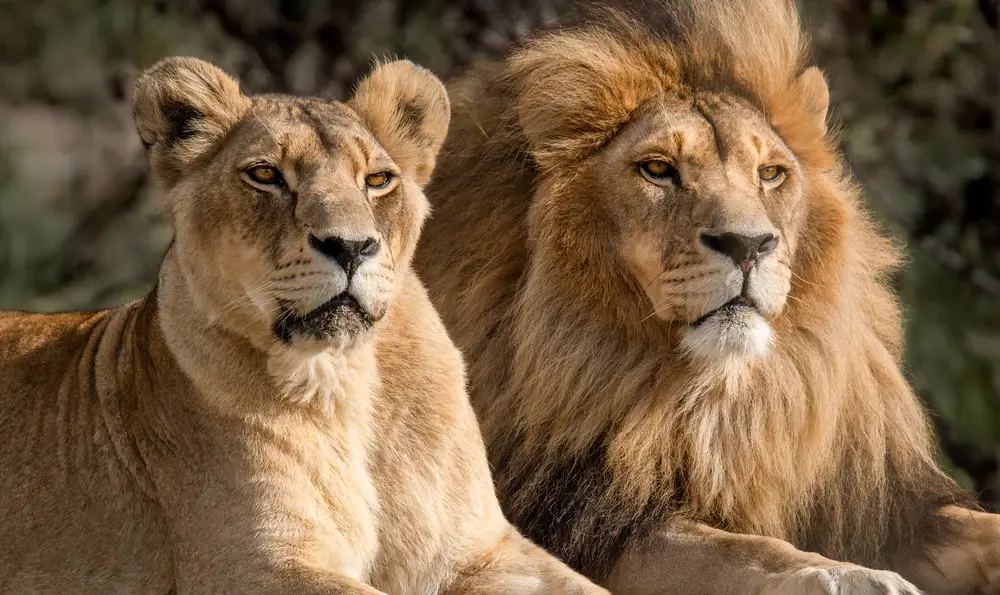
Often called the “king of the jungle,” African lions are iconic symbols of strength and pride. Residing in the savannas and grasslands of Africa, these big cats are social creatures, living in groups called prides that consist of related females and a few dominant males. This social structure allows them to cooperate in hunting, which increases their chances of success when taking down large prey like zebras and buffalo. Their roar can be heard up to five miles away, serving as a powerful communication tool to keep the pride together and warn off intruders.
Despite their regal status, lions face numerous challenges in the wild. Habitat loss and conflict with humans have led to a decline in their populations, making conservation efforts vital for their survival. Interestingly, lions spend a significant amount of time resting, conserving their energy for hunting and defending their territory. This balance of social structure, hunting prowess, and territorial behavior make them one of the most fascinating predators in the animal kingdom.
5. The Polar Bear: The Arctic’s Top Hunter
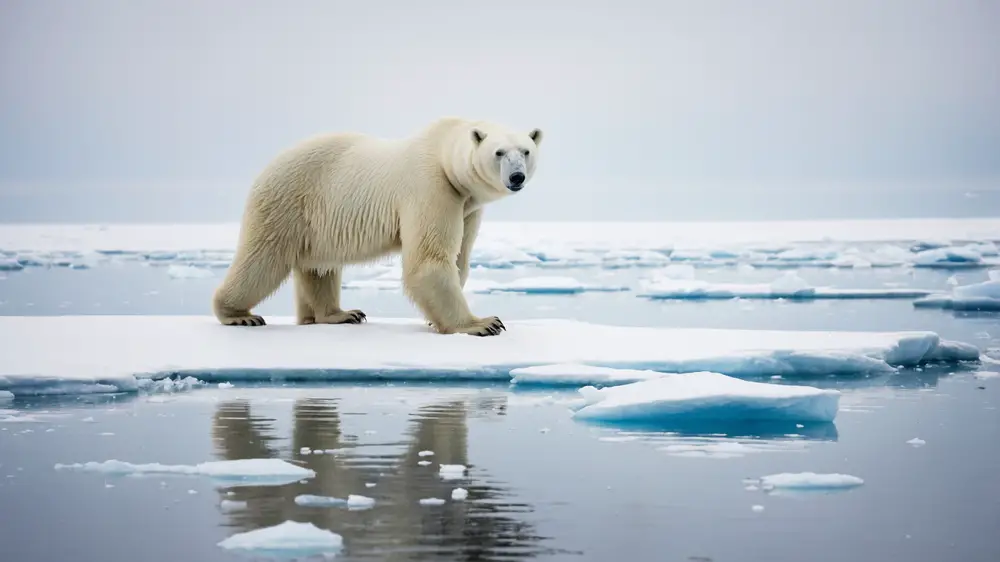
Polar bears are the undisputed rulers of the Arctic, perfectly adapted to a life of ice and snow. With their massive bodies covered in thick, insulating fur and a layer of fat, they are well-equipped to survive the extreme cold. Polar bears primarily hunt seals, waiting patiently by breathing holes in the ice to catch their prey. This method of hunting requires incredible patience and skill, showcasing their prowess as top predators of the Arctic.
Beyond their impressive hunting skills, polar bears face a rapidly changing environment due to climate change. The loss of sea ice is a significant threat to their survival, as it impacts their ability to hunt and find food. Conservationists are working tirelessly to address these challenges and ensure the future of these magnificent creatures. With their unique adaptations and critical role in the Arctic ecosystem, polar bears remain a symbol of resilience and power in the face of adversity.
6. The Komodo Dragon: The Giant Lizard with a Lethal Bite
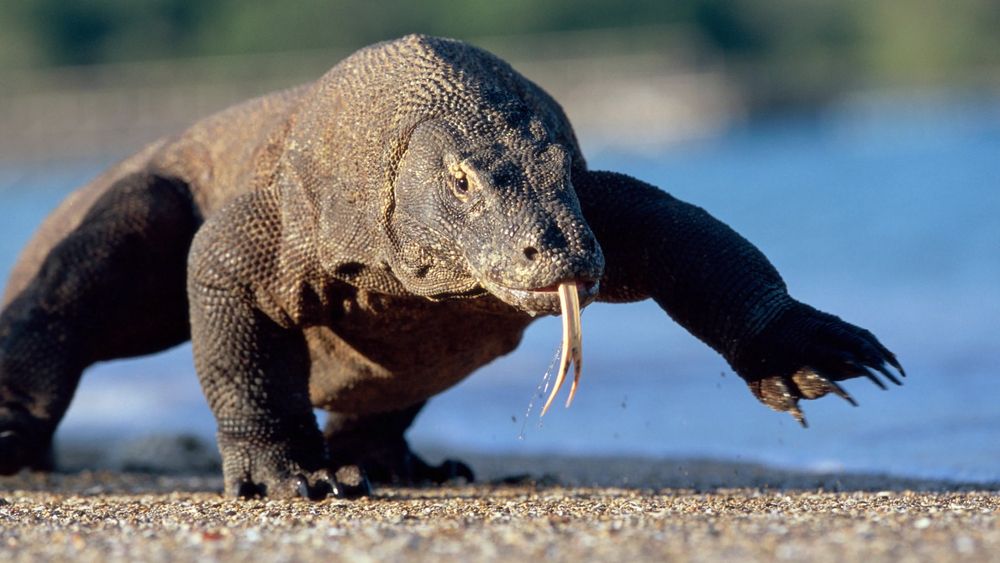
The Komodo dragon is one of the most fascinating and formidable reptiles in the world, native to the Indonesian islands. These lizards can grow up to 10 feet long and weigh over 150 pounds, making them the largest living species of lizard. Their diet is diverse, including deer, pigs, and even water buffalo. What makes them particularly terrifying is their lethal bite, which delivers bacteria-laden saliva to their prey, leading to infection and eventual death.
In addition to their deadly bite, Komodo dragons are also excellent swimmers, capable of island-hopping in search of food and mates. They use their keen sense of smell to detect carrion from miles away, and their powerful legs allow them to run swiftly to capture unsuspecting prey. Despite their fearsome reputation, these reptiles are at risk due to habitat loss and human encroachment. Conservation efforts are crucial to preserving their unique place in the world and ensuring their survival for future generations.
7. The Gray Wolf: The Pack Hunter of the Wilderness
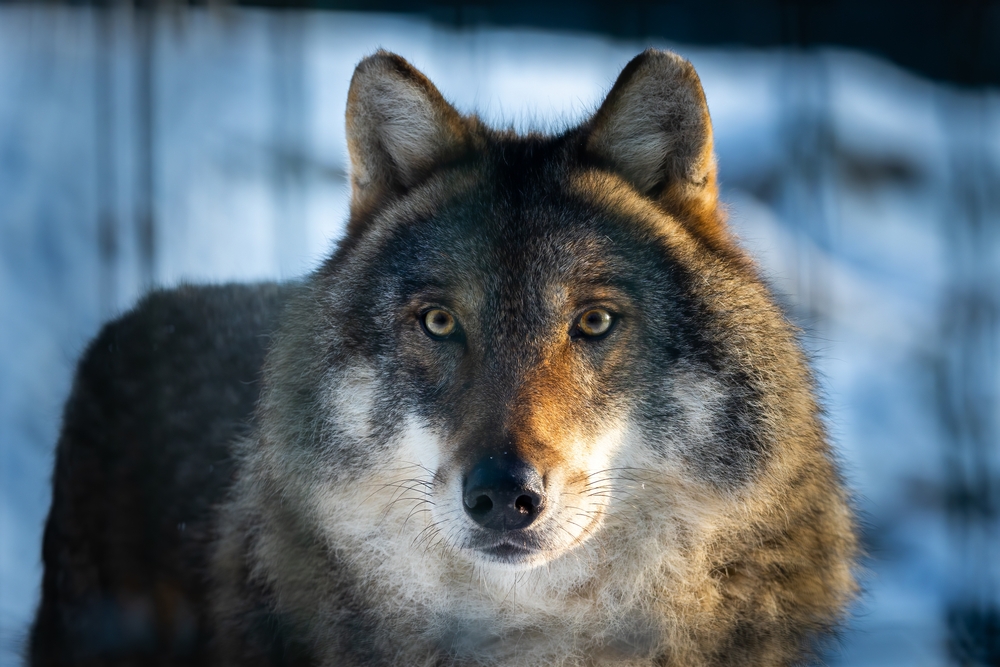
Gray wolves are masterful pack hunters, known for their intelligence, teamwork, and strategic prowess. These canines are highly social animals, living and hunting in packs that consist of family units. Each wolf has a specific role within the pack, whether it be hunting, protecting, or nurturing the young. This collaborative approach allows them to take down much larger prey, such as moose and elk, ensuring the survival of the entire pack.
Despite their powerful hunting abilities, gray wolves have been historically misunderstood and feared by humans. They play a vital role in maintaining the balance of their ecosystems, controlling the populations of herbivores and promoting a healthy environment. Conservation efforts have been instrumental in reintroducing wolves to areas where they were previously eradicated, highlighting their importance in the natural world. As we learn more about these fascinating creatures, it becomes clear that they are not just fearsome predators but also key players in the intricate web of life.
8. The Harpy Eagle: The Jungle’s Fierce Raptor
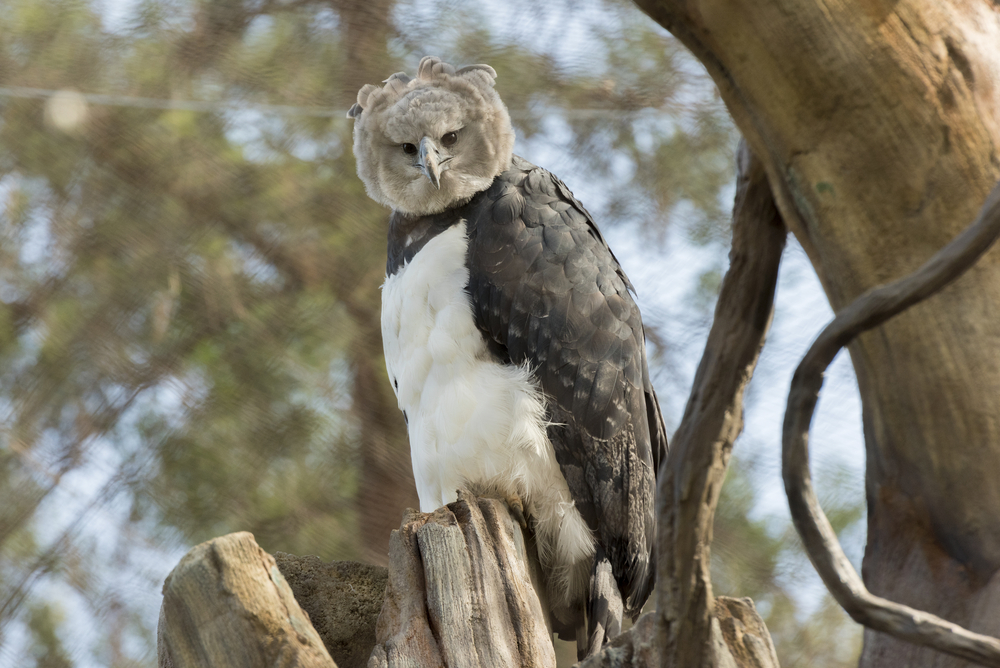
The harpy eagle is one of the most powerful birds of prey, soaring through the skies of Central and South American rainforests. Known for their striking appearance and incredible strength, these eagles have talons larger than a grizzly bear’s claws, allowing them to snatch monkeys and sloths from trees with ease. Their keen eyesight enables them to spot prey from great distances, making them formidable hunters in their environment.
Despite their dominance in the jungle, harpy eagles face significant threats from deforestation and habitat loss. These majestic birds rely on vast tracts of undisturbed forest to hunt and raise their young, making conservation efforts critical to their survival. Efforts to protect their habitat and raise awareness about their importance are crucial in ensuring the future of these incredible raptors. With their impressive hunting skills and vital role in the ecosystem, harpy eagles remain one of the most captivating predators of the avian world.
9. The Black Mamba: The Lightning-Fast Serpent
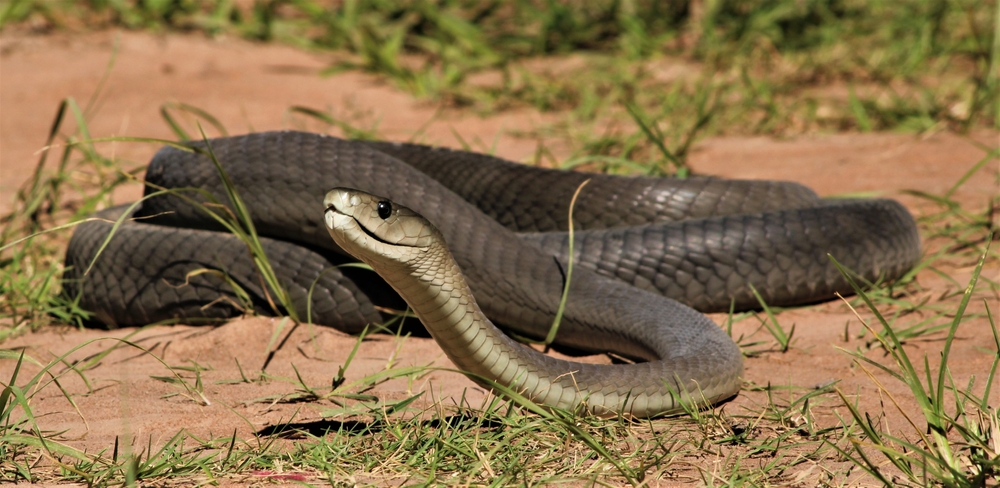
The black mamba is one of the most feared snakes in Africa, known for its incredible speed and potent venom. These snakes can reach speeds of up to 12 miles per hour, making them the fastest-moving snake in the world. Their name comes from the dark coloration inside their mouths, which they display when threatened. Black mambas are highly aggressive when cornered, and their venom can kill a human in under an hour if left untreated.
Despite their fearsome reputation, black mambas play an important role in controlling pest populations. They primarily feed on small mammals and birds, helping to keep the balance in their ecosystem. Education and awareness are key to reducing human-snake conflicts and preserving their place in the natural world. Understanding the black mamba’s behavior and ecological significance can help dispel myths and promote coexistence with these remarkable reptiles.
10. The Brazilian Wandering Spider: The World’s Most Venomous Arachnid
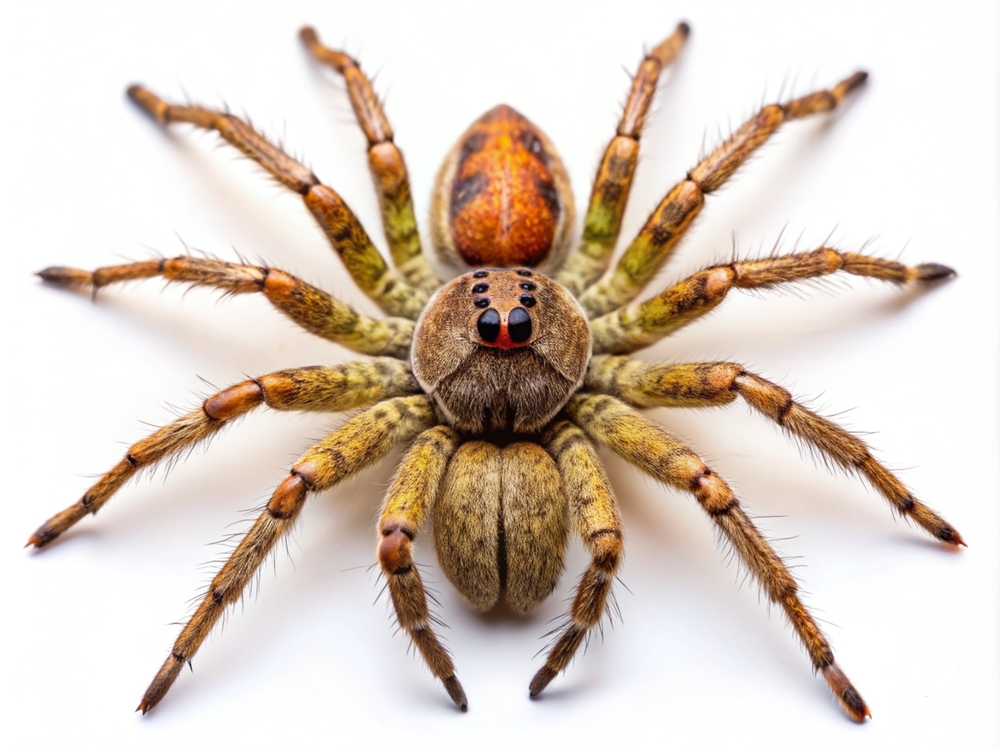
The Brazilian wandering spider is notorious for its potent venom and aggressive nature, earning it a place among the world’s most dangerous spiders. Unlike many spiders, they do not spin webs but actively hunt and ambush their prey, which includes insects and small mammals. Their venom can cause intense pain, swelling, and even systemic effects in humans if bitten. Despite their fearsome reputation, bites are rare, and antivenom is available to treat envenomations.
These spiders are primarily found in the tropical forests of Central and South America, where they play a role in controlling insect populations. Their presence is a reminder of the incredible diversity and complexity of rainforest ecosystems. Conservation efforts to preserve their habitat are crucial in maintaining the balance of these delicate environments. Understanding their ecological role can help reduce fear and promote appreciation for these fascinating arachnids.
11. The Peregrine Falcon: The Speed Demon of the Sky
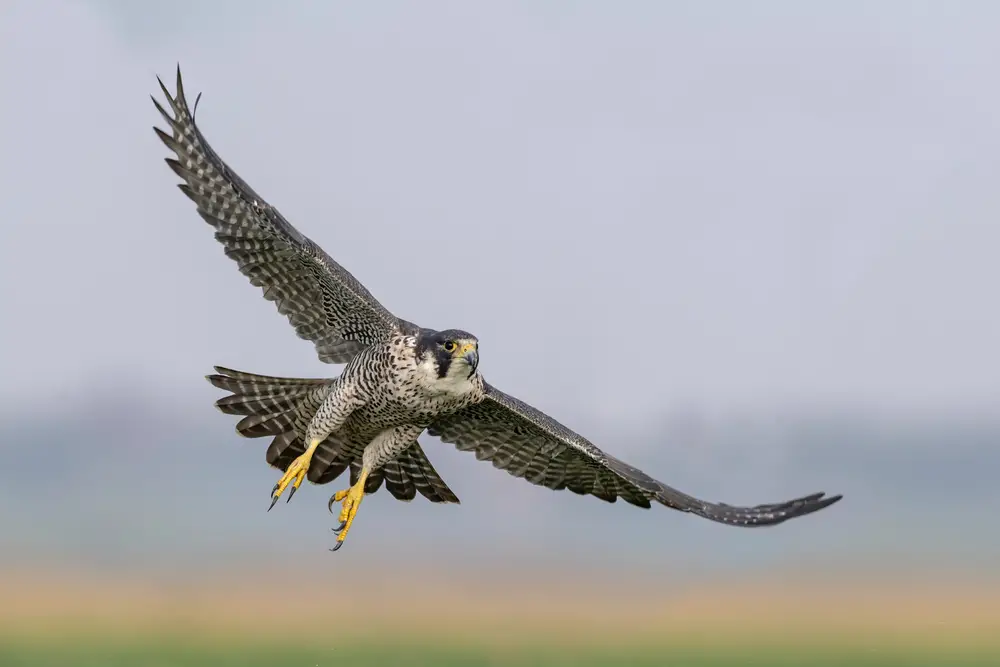
The peregrine falcon is renowned for its incredible speed, reaching over 240 miles per hour during its hunting stoop, making it the fastest animal on the planet. These birds of prey are widespread, found on every continent except Antarctica, and have adapted to a variety of environments. Their primary diet consists of other birds, which they capture mid-flight with astonishing precision and agility. Peregrine falcons use their keen eyesight to spot prey from great distances, allowing them to plan their high-speed dives with impressive accuracy.
Despite their hunting prowess, peregrine falcons faced significant threats from pesticide use in the mid-20th century, leading to drastic population declines. Conservation efforts, including banning harmful chemicals and providing nesting sites, have helped their populations recover, showcasing the power of dedicated wildlife protection initiatives. Today, these resilient birds continue to inspire awe and admiration, symbolizing the triumph of conservation efforts. As ambassadors for the importance of preserving biodiversity, peregrine falcons remind us of the vital role we play in protecting our planet’s wildlife.
12. The Orca: The Apex Predator of the Ocean

Orcas, also known as killer whales, are highly intelligent and social marine mammals, residing at the top of the oceanic food chain. These apex predators have a diverse diet, ranging from fish and squid to seals and even large whales, depending on their pod’s specialized hunting techniques. Orcas are known for their sophisticated communication skills and teamwork, which they use to coordinate complex hunting strategies. Their striking black and white coloration and impressive size make them one of the ocean’s most formidable predators.
Beyond their hunting abilities, orcas play a crucial role in maintaining the balance of marine ecosystems. They help regulate prey populations and influence the behavior of other marine species, contributing to the health and diversity of oceanic environments. Despite their resilience, orcas face threats from pollution, habitat degradation, and climate change, highlighting the need for continued conservation efforts. Understanding and protecting these magnificent creatures is essential for the long-term health of our oceans and the preservation of marine biodiversity.
13. The Cheetah: The Swift Pursuer of the Savanna
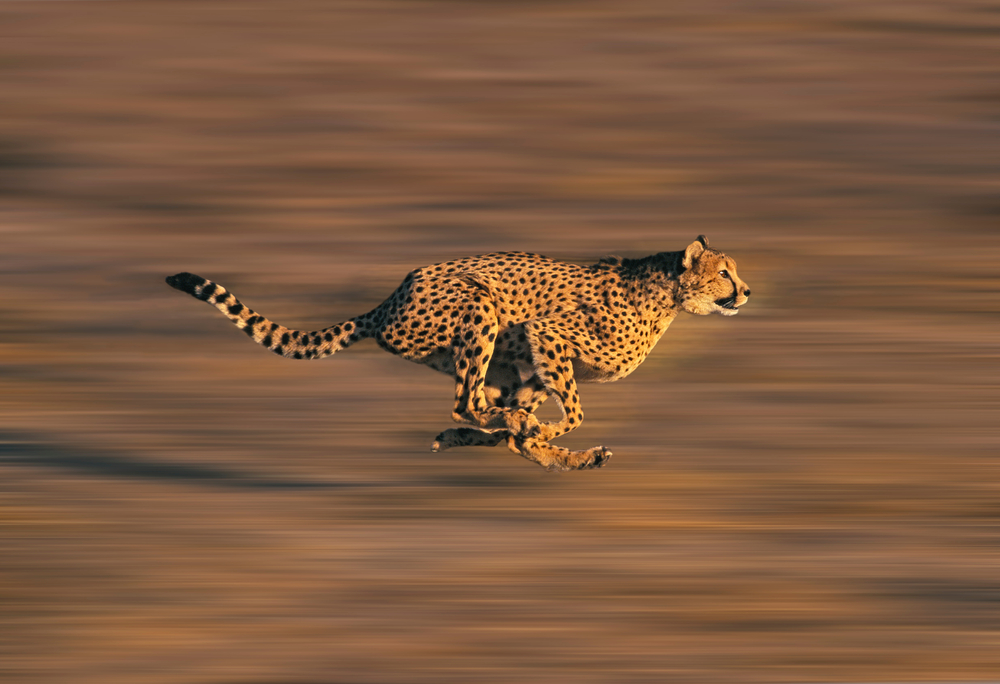
Cheetahs are renowned for their incredible speed and agility, making them the fastest land animals, capable of reaching speeds up to 70 miles per hour. These big cats rely on their acceleration and maneuverability to catch swift prey like gazelles and impalas in the open savannas of Africa. Unlike other big cats, cheetahs hunt during the day, using their keen eyesight and stealth to get as close as possible to their target before launching a high-speed chase. Their slender, lightweight bodies and long legs are perfectly adapted for short bursts of intense speed.
However, cheetahs face numerous challenges, including habitat loss, human-wildlife conflict, and genetic bottlenecks, which threaten their survival. Conservation efforts focus on habitat preservation, reducing human-cheetah conflicts, and promoting genetic diversity to ensure the future of these magnificent animals. As one of nature’s most iconic predators, cheetahs symbolize the delicate balance of ecosystems and the importance of conserving biodiversity. Their remarkable adaptations and vital ecological role make them a fascinating subject of study and a powerful reminder of the natural world’s wonders.
